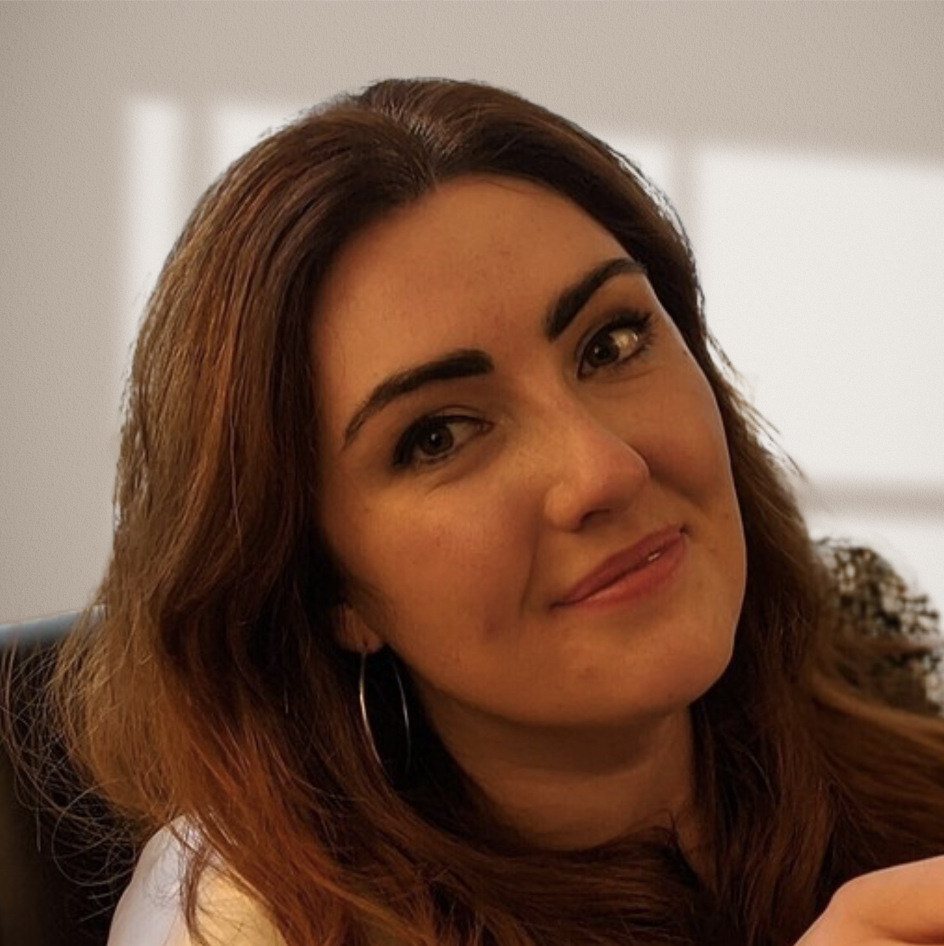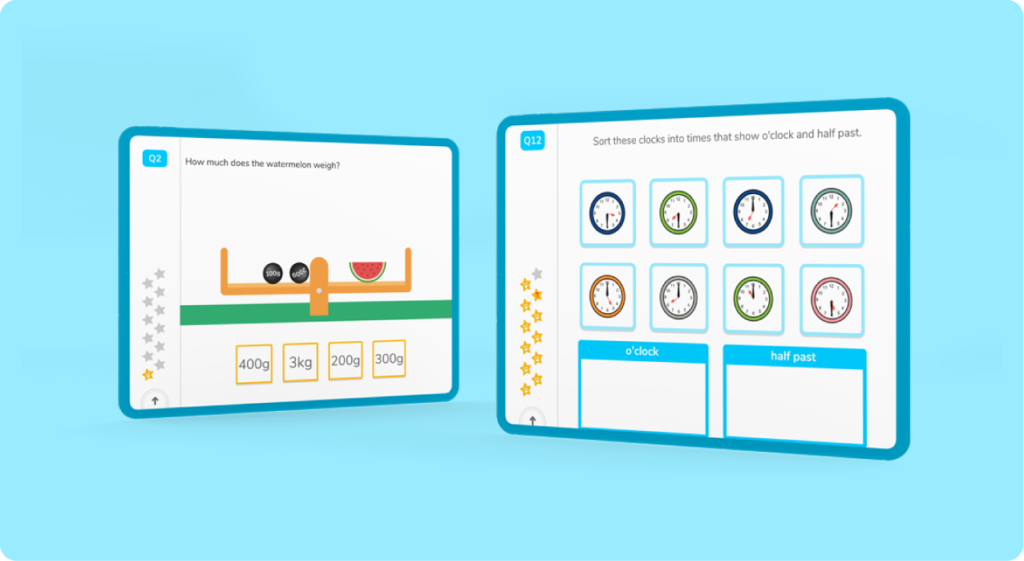

Learn what’s taught in Year 9 maths across the subjects of number, algebra, ratio, geometry, measure, and statistics.

Author
Mhairi Sim
Published
August 2024


Learn what’s taught in Year 9 maths across the subjects of number, algebra, ratio, geometry, measure, and statistics.

Author
Mhairi Sim
Published
August 2024


Learn what’s taught in Year 9 maths across the subjects of number, algebra, ratio, geometry, measure, and statistics.

Author
Mhairi Sim
Published
August 2024


Key takeaways
Table of contents
Year 9 marks the final year of the Key Stage 3 curriculum. At this point in their journey, learners have covered so much already and will now need to draw on prior knowledge to help them solve a wide variety of maths problems.
As in Years 7 and 8, there is no prescribed curriculum for Year 9. Instead, the NCETM (National Center for Excellence in the Teaching of Mathematics) devised a sample curriculum as guidance for teachers putting together a programme for Year 9 learners.
Below is our comprehensive guide to the Year 9 maths curriculum. We’ll cover what learners can expect to cover over the year, how they’ll be assessed, and how you can help your child this year!
In Year 9, maths concepts become more advanced! As parents, that can be intimidating. Thankfully, we’ve translated complicated maths lingo into plain English anyone can understand. If you still find yourself getting lost, our maths vocabulary guide and this maths glossary are on hand to help out!
The Year 9 maths curriculum covers six broad mathematical ‘themes’ including;
Within each of these areas, learners explore different concepts that will develop their math fluency and ability to reason mathematically to solve problems. This means they’ll pull from everything they’ve learned to date and use it to get to the bottom of maths problems!
Students will find that there is a lot of cross-over in Year 9 maths topics. For example, they’ll use algebra skills to solve geometric and proportion problems and draw on their number skills throughout all topics.
Let’s take a closer look at each area of the Year 9 maths curriculum and find out exactly what this year will throw at students.
Unlock unlimited maths questions
Put your skills to the test with fun exercises + maths games that are proven to boost ability!
There are no ‘new’ number skills learned in the Year 9 maths curriculum. Students will instead be challenged to draw on their existing skills and apply these to problems across the rest of the curriculum.
They’ll use their knowledge of multiples and multiplicative relationships, in particular this year, so ensuring they’re solid in their multiplication facts is a must!
Algebra is a core focus of the Year 9 maths curriculum. Throughout their algebra learning in Year 9, students will explore:
DoodleMaths is an award-winning maths app that’s aligned to the Year 9 maths curriculum and proven to double a child’s rate of progression with just 10 minutes of use a day!
Filled with fun, interactive questions covering the whole curriculum, it creates each child a unique work programme tailored to their needs, boosting their confidence and skills in maths. Try it for free today!

As previously mentioned, in the Year 9 maths curriculum, we see a lot of cross-over between different mathematical areas, and ratio, proportion, and rates of change are no exception.
Following the Year 9 curriculum maths programme, it’s all about trigonometry. Learners are taught to understand the trigonometric functions of sin, tan, and cos, and how to use these to solve a whole host of problems.
This can seem a little daunting, but it’s really just an extension of their previous work on scaling using ratios and multiplicative relationships. Much less scary when you put it like that!
Throughout the Year 9 maths curriculum, learners continue their work on similarity and congruence within shapes. This means understanding the properties of shapes and angles, and how to assess if they are congruent (the same) or just similar.
They’ll begin to use the famous Pythagoras’ theorem this year too! This means getting to grips with the formula a2+b2=c2 and how this is used to calculate the hypotenuse of a right-angled triangle.
Students will take a closer look at probability in Year 9. They’ll expand their understanding of the concept of probability and become comfortable using the language of probability in discussions.
By the end of the year, learners will know how to describe and analyse the frequency of outcomes in various situations and calculate the probability of a given scenario.
By Year 9, our students are well-practised in their ability to read and interpret a range of different graphs and charts. They’ll be able to analyse these and offer an analysis of the trends or patterns shown in a chart or graph.
Students will learn how to take a data set and pick the most appropriate way to display it graphically. This includes making the appropriate calculations if they are creating a pie chart and identifying outliers if using a line of best fit.
Try DoodleMaths for free!
Select a year group
There are no formal assessments included in the Key Stage 3 maths curriculum. This means there are no statutory exams in the Year 9 maths curriculum.
Students will still be assessed informally by their teachers as they go through the year. This helps the school identify any areas students might need extra support moving forward.
This information is crucial for teachers in supporting learners as they move into Years 10 and 11 and begin working toward their GCSE exams!
With so much coming your Year 9 maths student, it’s helpful to know how you can support them through this challenging year!
Our DoodleLearning maths app is a great option. The app is fully aligned with the KS3 maths curriculum and has thousands of fun, interactive games and activities, which even the most reluctant learners will enjoy!
Each user gets a personalised programme of activities to work through that will adapt to their skill set. This means that they’ll learn and revise the skills that’ll help them – not just what they find easy!
We’ve covered everything you need to know about the Year 9 maths curriculum and have even given you a few tips on how you can help students out this year!
Now that you’re all clued up on what to expect and how to help, all that’s left is to let your learners take on the Year 9 maths curriculum and finish up their KS3 learning journey!

Parents, sign up for a DoodleMaths subscription and see your child become a maths wizard!

Lesson credits

Mhairi Sim
Mhairi is an experienced teacher, freelance writer and parent. After completing her bachelor's degree in Psychology, she graduated as a teacher from the University of Strathclyde. She then built experience teaching across KS1 and KS2 throughout the UK. In addition to working in mainstream education, Mhairi specialised in the additional support needs sector, including social, emotional, and behavioural support.

Mhairi
Mhairi is an experienced teacher, freelance writer and parent. After completing her bachelor's degree in Psychology, she graduated as a teacher from the University of Strathclyde. She then built experience teaching across KS1 and KS2 throughout the UK. In addition to working in mainstream education, Mhairi specialised in the additional support needs sector, including social, emotional, and behavioural support.
Book a chat with our team
If you’d like to use Doodle’s browser version, please visit this page on a desktop.
To log in to Doodle on this device, you can do so through our apps. You can find out how to download them here: